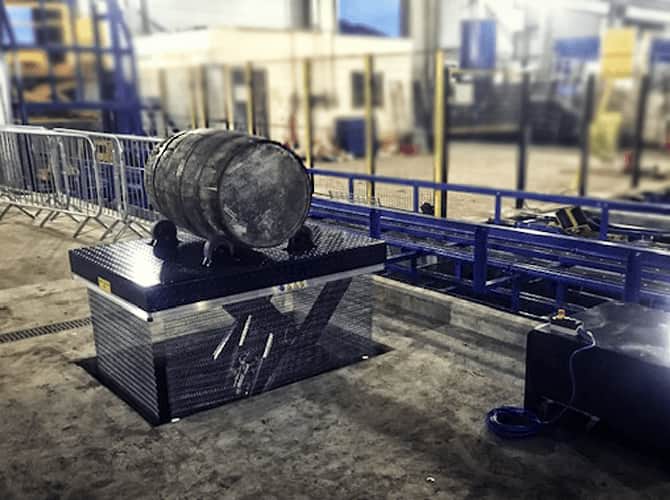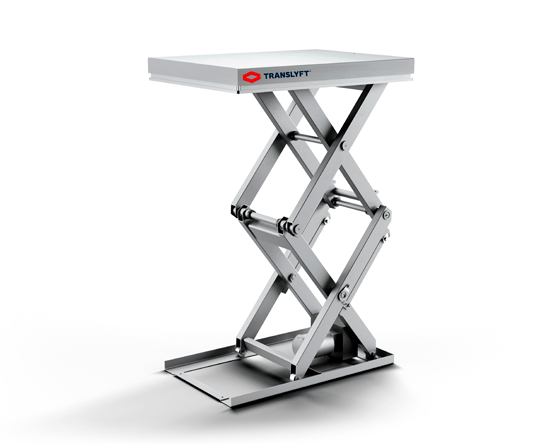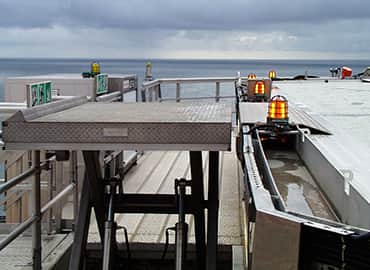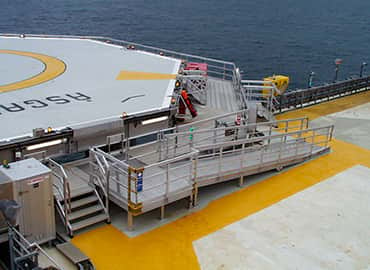What is ATEX?
ATEX is short for “Atmospheres Explosibles”. It is a set of European Union regulations that are designed to ensure the safety of products being used in explosive environments.
When an area is classified as ATEX there are significantly higher concerns and regulations to follow in order to maintain safety for people working in the zones. All equipment in the zones need to be spark proof/explosion proof to avoid accidents. TRANSLYFT is certified to develop and manufacture ATEX equipment for zones 1, 2, 21 and 22.
Zone 1
is an area with an explosive atmosphere consisting of a mixture with air or flammable substances in the form of vapours, gas and mists. An explosive atmosphere occurs occasionally during normal operation.
Zone 2
is an area where an explosive atmosphere is not likely to occur in normal operation but if it does occur, it will be present for a short period of time only. The flammable substances are in the form of vapours, gas and mists.
ATEX Zones 21 and 22 are specific to hazardous dust environments, which can be found in the food industry. Dusts that may ignite are often finely ground and some examples are instant coffee, potato powder, sugar, soup powder and dried milk.
Zone 21
is an area where an explosive atmosphere is likely to occur occasionally during normal operation and
zone 22
is an area where an explosive atmosphere is not likely to occur in normal operation but if it does occur, it will be present for a short period of time only.




